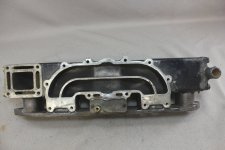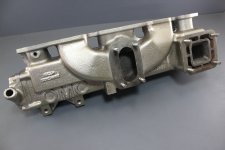im missing the dual single barrel carbs on the manifold but i have the 140hp merc carb
im thinking of just grabbing a couple flanges and plumb it to each barrel of the 140hp carb
my question is this
the merc carb is 2 barrel, does each barrel act the same or does each barrel have a special job?
im thinking of just grabbing a couple flanges and plumb it to each barrel of the 140hp carb
my question is this
the merc carb is 2 barrel, does each barrel act the same or does each barrel have a special job?



